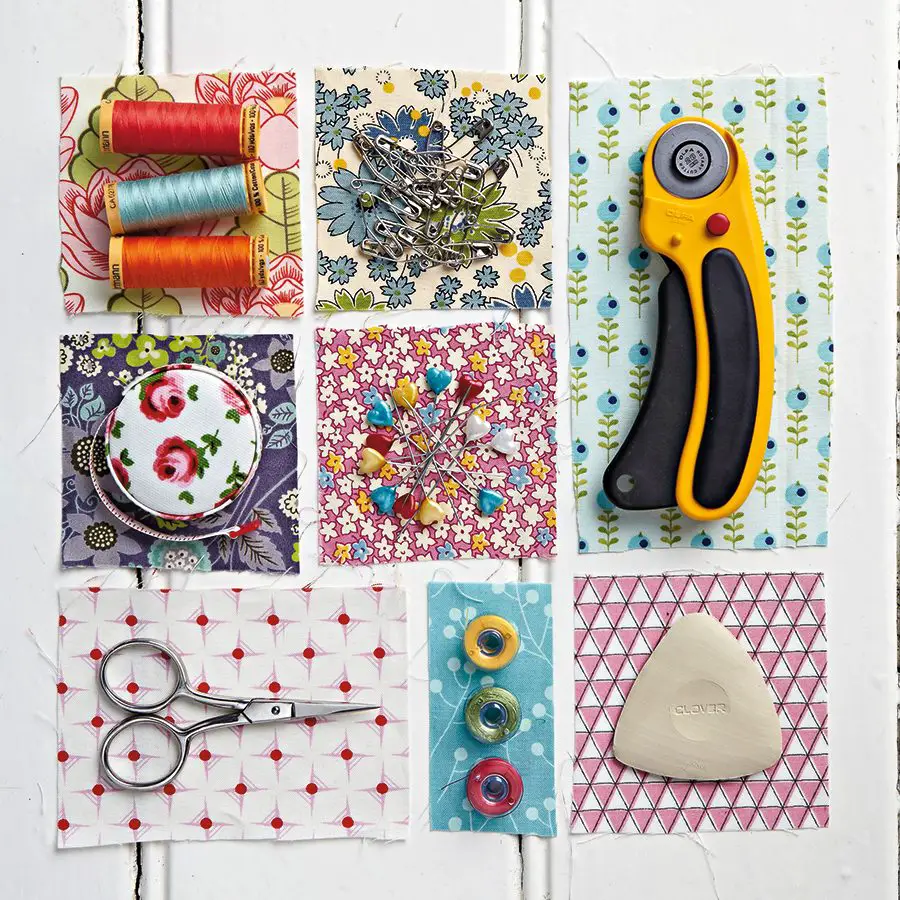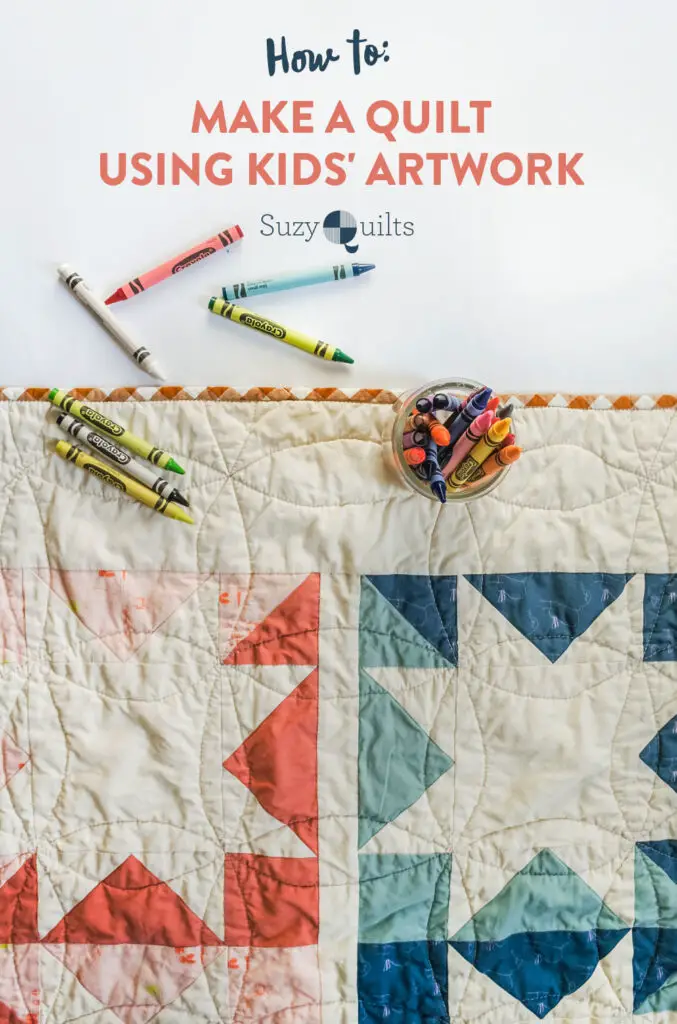If you’re looking to unleash your creativity and make something beautiful, then why not try making an art quilt? Art quilts are a unique way to blend artistry, fabric, and design to create a work of art. In this article, we’ll show you how to make art quilts, from choosing the right fabrics to putting it all together. With the right materials and a bit of patience, you can create a stunning piece of art that you’ll be proud to display. So let’s get started and learn how to make art quilts!
Materials Needed for Art Quilting

Fabric
Art quilting requires fabric that is light and easy to sew. Cotton and linen are ideal for art quilts, as they are lightweight and easy to handle. Synthetic fabrics, such as polyester and acrylic, are also suitable for art quilting, as they are also easy to sew and lightweight.
Thread
Thread is an important part of art quilting. Cotton thread is usually the best option, as it is strong and durable. Some art quilters prefer to use a metallic thread for a more decorative look.
Batting
Batting is an important component of an art quilt. It provides a layer of insulation between the fabric and the backing of the quilt. Cotton batting is the most common choice for art quilting, but some art quilters prefer to use wool or polyester batting for a different look and feel.
Sewing Machine
A sewing machine is an essential tool for art quilting. An industrial-grade sewing machine is best for art quilting, as it is designed to handle the heavier fabrics and thicker threads used in art quilting. A standard home sewing machine can also be used for art quilting, but it may not provide the same quality of stitching as an industrial machine.
For those just starting out with art quilting, it is important to have the right materials and tools to ensure the best results. With the right materials and tools, even a how to art quilt beginner can make beautiful art quilts.
Steps for Making an Art Quilt

Choose a Theme
Select a concept or idea to serve as the focus of your quilt. Inspiration can come from anywhere, like nature, a favorite artist, or a particular mood. Think about what you want to express and how you want to express it.
Select Fabrics
Choose fabrics that match the theme of your quilt. Consider the texture, color, and pattern of each fabric to create a cohesive look. Fabrics should have a common thread that ties them together.
Cut the Fabric
Cut the fabric into shapes and sizes that will fit the theme of the quilt. Carefully measure and cut the fabric to make sure all the pieces fit together perfectly.
Arrange the Pieces
Lay out the pieces of fabric on a quilt design board or a large table. Play with the arrangement until it is pleasing to the eye.
Sew the Pieces Together
Once you have the pieces arranged, begin to sew them together. Use a sewing machine or hand sew the pieces to form the quilt top.
Quilting the Quilt Top
Quilting is the process of stitching together the top of the quilt, batting, and backing. Choose a quilting pattern that matches the theme and use a sewing machine to stitch it in place.
Bind the Quilt
Finish off the quilt with a binding. Choose a binding fabric that complements the quilt top and sew it around the edges of the quilt.
Tips for Art Quilting Beginners
Take Your Time
Art quilting is an art form that takes time and patience to perfect. Don’t be in a rush to finish your quilt. Enjoy the process and take your time to make sure it’s done right. Remember: slow and steady wins the race.
Experiment
Don’t be afraid to experiment with different fabrics, textures, stitches, and techniques. You never know when you’ll stumble upon the perfect combination. Be creative and have fun with it!
Have Fun
Art quilting is supposed to be enjoyable, so don’t take it too seriously. It’s a creative outlet, so don’t be afraid to make mistakes.
Get Inspired
Look to other quilters for inspiration. Follow art quilting blogs, join online forums, and attend quilting classes to learn from the pros. You’ll find plenty of ideas and advice to help you along the way.
Frequently Asked Questions
What type of fabric should I use for my art quilt?
- Cotton: Cotton is a popular choice for art quilts due to its lightweight, breathable properties and wide range of colors and prints. It is also easy to work with, making it ideal for beginners.
- Silk: Silk is a luxurious fabric that adds a sophisticated touch to art quilts. It is lightweight but strong and has a beautiful sheen that adds a unique look to the quilt.
- Linen: Linen is a classic fabric that adds a rustic charm to art quilts. It is durable and can withstand wear and tear, making it a great choice for quilts that will be used frequently.
- Wool: Wool is a warm and durable fabric that adds a cozy feel to art quilts. It is also easy to work with and comes in a variety of colors and textures.
- Felt: Felt is a versatile fabric that can be used to create interesting textures and shapes on art quilts. It is also lightweight and comes in a wide range of colors, making it a great choice for art quilts.
How do I choose a design for my art quilt?
- Brainstorm Ideas: Start by brainstorming ideas for your art quilt. Consider the elements and principles of design (line, shape, color, pattern, texture, and balance) as well as personal interests, experiences, and inspirations. Think about the purpose of the quilt and the message you want to convey.
- Research Ideas: Once you have a few ideas, research them further. Look up related topics, browse through magazines and books, view art quilts online, visit museums and galleries, take photographs, and make sketches. This will help to refine and develop your ideas.
- Choose a Design: After you’ve gathered information and ideas, it’s time to choose a design. Consider the overall composition, size, and shape of the quilt as well as the colors, patterns, and textures. Visualize how the design will look on the finished quilt.
- Create a Plan: Once you’ve chosen a design, create a plan for constructing the quilt. Make a sketch of the design, decide on a color palette, select fabrics and other materials, and consider any quilting techniques you may want to use.
- Start Sewing: With a plan in place, you’re ready to start sewing. Follow the plan and be creative, making changes as necessary. Enjoy the process and have fun creating your art quilt!
What types of tools do I need to make an art quilt?
- Fabric – Cotton fabric in a range of colors and patterns to create the design.
- Scissors – Fabric scissors to cut fabric into desired shapes.
- Pins – Sewing pins to hold fabric in place when sewing.
- Needles – Hand sewing needles to stitch the fabric together.
- Thread – Cotton thread to sew the fabric pieces together.
- Iron – An iron to press fabric pieces before sewing them together.
- Batting – A layer of batting to add warmth to the quilt.
- Quilting hoop – To hold the quilt layers together when quilting.
- Quilting needles – To stitch the layers together.
- Quilting thread – To stitch the layers together.
- Backing fabric – To finish the quilt.
How do I make sure my quilt is securely stitched together?
- Use a thicker thread: Using a thicker thread is one of the best ways to make sure that your quilt is securely stitched together. It is important to select a thread that is strong and can withstand the weight of the quilt.
- Use a smaller stitch length: Using a shorter stitch length will help to ensure that the quilt is securely held together. A shorter stitch will make it more difficult for the thread to come loose over time.
- Use a quilting needle: Using a quilting needle specifically designed for quilting is essential for making sure that your quilt is securely stitched together. The quilting needle is designed to penetrate through multiple layers of fabric and create a more secure stitch.
- Stitch multiple rows: Stitching multiple rows will help to ensure that your quilt is securely stitched together. This will help to prevent any loose threads from forming and will provide additional reinforcement.
What Techniques Should I Use to Add Texture to My Quilt?
Adding texture to a quilt can bring dimension and depth to the piece. Techniques such as appliqué, needle felting, quilting, beading, and fabric painting can all be used to create a unique texture. Appliqué involves using fabric shapes to create a design. Needle felting adds texture by using a needle to push wool fibers into fabric. Quilting adds texture by stitching through all layers of the quilt. Beading adds texture by attaching beads to the quilt. Fabric painting adds texture by using special paints to add a design to the quilt. Experimenting with these different techniques can help create an interesting and unique quilt.
Conclusion
Creating art quilts is a fulfilling and rewarding activity that can help unlock your creativity and create a beautiful piece of art. With the right tools, techniques, and supplies, you can create a unique and beautiful quilt that will be a treasured piece of art for years to come.






